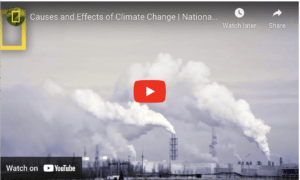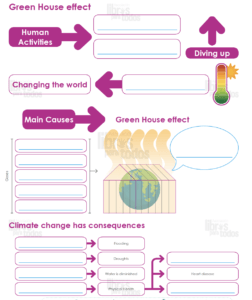English 5 Unit 1 Term 1 Week 1, 2025
Instrucciones:
• Los bloques sombreados en color gris se pueden ocultar en la impresión final.
• Para ello haga clic sobre cada uno de los bloques que desea ocultar.
• Para encenderlo nuevamente, pulse el bloque otra vez.
• Solamente los bloques encendidos serán impresos.
• Pulse el botón «Imprimir» cuando se encuentre listo.
• Para un mayor aprovechamiento del espacio, recomendamos eliminar los márgenes al imprimir.
¿Cómo guardar PDF?

Recomendamos utilizar el navegador Google Chrome.
Si no lo tiene instalado en su dispositivo puede descargarlo aquí.
El diálogo de impresión iniciará en cuanto cierre estas instrucciones.
En el cuadro de diálogo, cambie el destino de la impresión:
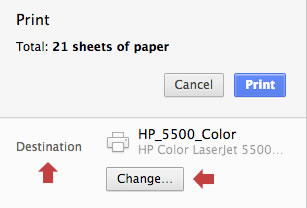
En las opciones, seleccione «Guardar como PDF»:
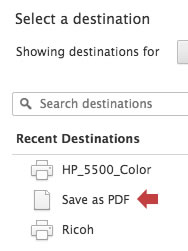
Para aprovechar todo el espacio de su hoja, recomendamos desactivar los márgenes:
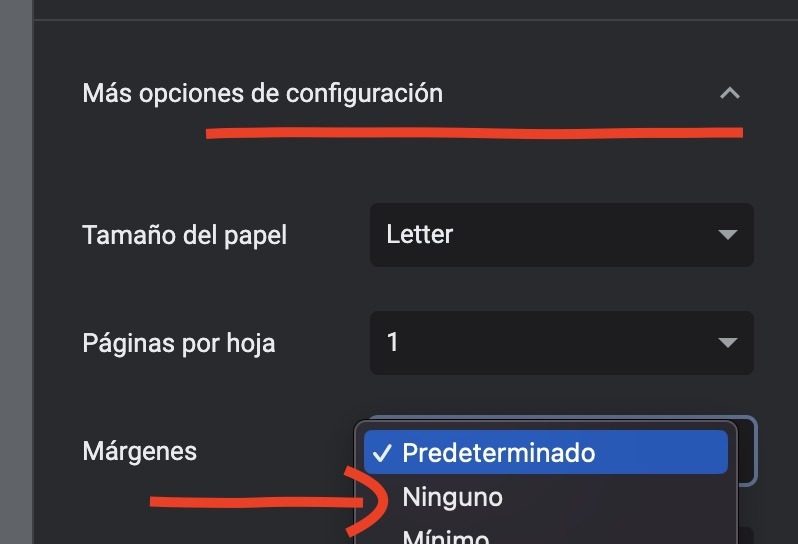
Por último pulse el botón «Guardar»:

¿Cómo imprimir en color?

Recomendamos utilizar el navegador Google Chrome.
Si no lo tiene instalado en su dispositivo puede descargarlo aquí.
El diálogo de impresión iniciará en cuanto cierre estas instrucciones.
En el cuadro de diálogo de la impresión siga las siguientes instrucciones:
Si desea imprimir el planeamiento a color, asegúrese de activar la opción «Color»:

En la sección «Más configuraciones»:

Active la opción «Gráficos de fondo»:

Finalmente pulse el botón «Imprimir»:
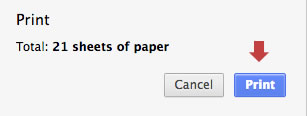
School year: 2025
Period:
Term: I
Level: Fifth Grade
Unit:1
Week:1
Domain: Socio-interpersonal
Scenario: Go Green
Theme: Our Environment: Making the Connection
Enduring Understanding: Our actions can have a positive or negative chain effect on the environment around us. If we are responsible, we can make the environment better. If we are wasteful, the environment suffers and so do we all.
Essential Question: How do our actions affect the environment around us?
General Competences:
Responsible Citizenship ( X )
Life Competences ( )
Competences for Employability ( )
Learn to Know
Grammar & Sentence Frames
Present Simple
- A dry forest has ____.
- In the cloud forest there are __.
- Some examples of fauna are __
Information questions with “to be” and “can”
- What type of animals and plants can you find in the rainforest?
- How can we preserve our forests and animals?
- Why the conservation of the environment is so important?
Phonemic Awareness
Long Vowel sounds:
/ay/ /ey / /i/ /u/ (e.g., kite, buy, made, cake, save, tree, use, do, etc.)
Vocabulary
(Including but not limited to)
Our environment: Making the Connection
Environmental terms
Climate, plants, animals, forest, energy, habitat
Information questions
- What type of animals and plants can you find in the rainforest?
Why the conservation of the environment is so important?
Learn to Do
Function
- Describing nature at local, national and global level.
- Asking for and giving information.
Discourse Markers
Linkers: Sequential – past tense.
First, then, after that, finally.
Learn to Be and Live in Community
Psycho-social
- Respecting the environment
- Cooperating among classmates
Sociocultural
- Taking care of Mother Earth
- Conserving the protected areas in our country
Idioms/phrases
- Out of the woods (out of danger)
Assessment Strategies & Evidences of learning
Learner…
Goals
Learner can…
Pedagogical Mediation/ Didactic Sequence
Pre-teaching
Warm up
Teacher asks students what are some of the Planet’s problems?
Students brainstorm What is Think Green?
The teacher writes the answers on the board.
Activation of Prior Knowledge
Students observe the vocabulary on page 7. Some students read out loud.
They discuss if some of these words were part of their brainstorming on the board earlier.
Students understand the meaning of the following vocabulary: (Students must ask: Can you explain what ______________ is? When they do not understand a word)
Teacher explains the vocabulary. (teacher can use pictures to explain)
- Overpopulation
- Green house
- Gas
- Water vapor
- Carbon dioxide
- Methane
- Temperature
- Ocean
- Weather
- Food
- Health
- Solar
- Wind
(Extra Ideas: look for the vocabulary in the dictionary, illustrate it on the notebook).
Clarifying
Students try to recognize some of the vocabulary in the video.
Time
L.1. Recognizes isolated, familiar words and phrases when listening to clear, slow, and basic text with slow clear pronunciation.
Identifies familiar words, phrases and main ideas related with the rain forest when listening to clear, slow, and basic text being read aloud.
SI.2. Asks for clarification of unknown words and expressions.
L1. understand isolated, familiar words and phrases when listening to clear, slow, and basic text being read aloud.
SI.2. ask for clarification of unknown words and expressions.
Task rehearsal
Students watch at the video and try to fill in the blanks with the correct words.
During a second listening students can fill in those blanks they did not complete the first time.
Task completion
Students share their answers with a partner and discuss if they are right or not. Students listen to the video a third time and try to complete it with the help of a partner.
Task assessment
Some students go to the board to complete the blanks.
Students discuss on the right answers.
The teacher completes the diagram with the correct answers.
Students complete page 6 on the book.
